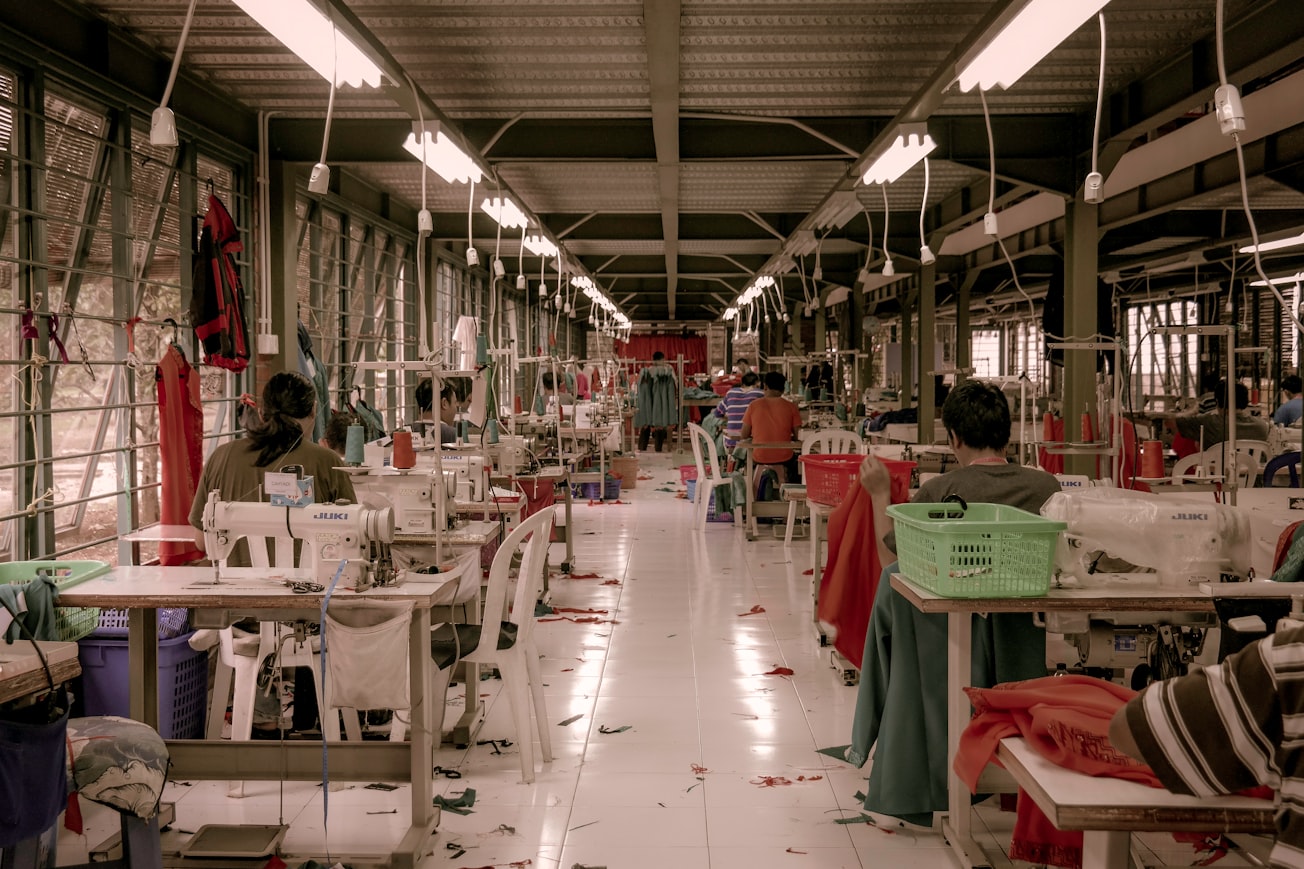What is it about?
The article covers five Asian countries (Bangladesh, Cambodia, Laos, Myanmar, and Vietnam), and compares their achievements with each other and with three African countries (Mauritius, Lesotho, and Eswatini/Swaziland). It examines whether these countries needed to create a good infrastructure (transport and communication) and a good, corruption-free administration if they wanted to develop industries that produced goods mainly for export. Since Southeast Asian countries were usually more successful in developing such industries than African countries, the article examines whether their greater success resulted from that their infrastructure and administration was better than that of the African countries. The authors conclude that this was not the case, because the Asian countries (especially Bangladesh and Cambodia) had very serious problems both in infrastructure and administration, and they still managed to export a great amount of manufactured goods. Instead, the success of the Asian countries resulted from that the more developed Asian countries in their neighborhood (like South Korea, Taiwan, and Singapore) were willing to build factories in the poorer Asian countries, where wages were low, and from that the Western countries were willing to buy Asian industrial goods with few restrictions. Thus, the World Bank was at least partly mistaken when it stressed that only those countries could develop well and deserved assistance which were willing to fix the problems of their infrastructure and administration. Still, it seems that if a country (like Vietnam) had a relatively good infrastructure and administration, it could produce a greater variety of industrial goods and more high-technology goods than if its infrastructure and administration was very weak.
Featured Image

Photo by Rio Lecatompessy on Unsplash
Why is it important?
The article has a critical new look at the World Bank's advice and guidelines to the developing countries, and argues that these advice are at least partly mistaken. It seeks to find the issues which can truly help a developing country if it wants to produce industrial goods for export and thus achieve a higher level of economic development. It also stresses that the Asian countries' more successful industrial development should not be used as an argument to blame Africa's poor infrastructural and administrative conditions for the slow development of industry in Africa, because in infrastructure and administration, Cambodia and Bangladesh were not better than the African countries.
Perspectives
This article is based on extensive empirical research that lasted from 2015 to 2021. It has been radically revised a number of times until it achieved its current format. The authors found it remarkably difficult to find editors and reviewers who were willing to judge the manuscript on its own merits and faults, instead of demanding that some other topic or countries be covered.
Balazs Szalontai
Korea University
Read the Original
This page is a summary of: Take-Off in an Inhospitable Climate, European Journal of East Asian Studies, April 2022, Brill,
DOI: 10.1163/15700615-02101004.
You can read the full text:
Contributors
The following have contributed to this page







